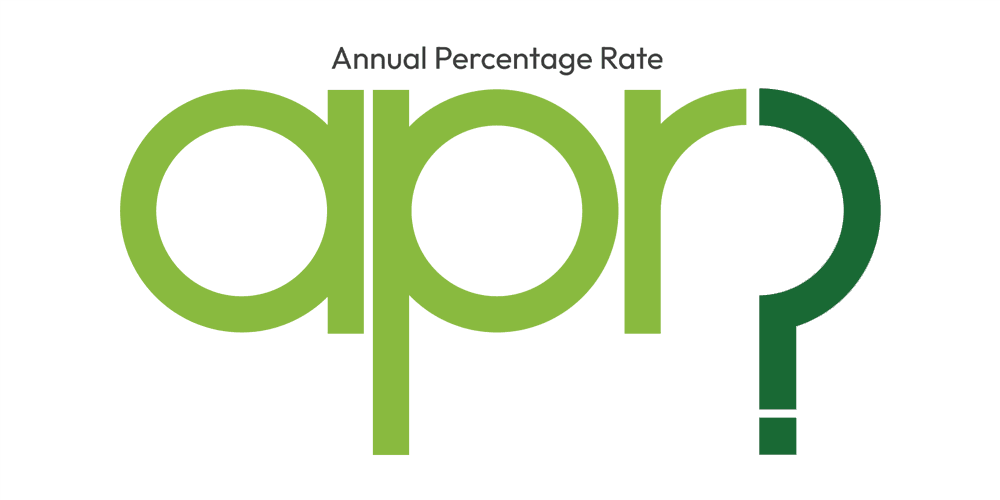
The Annual Percentage Rate (APR) is not the rate you pay. Homebuyers will often believe the lowest annual percentage rate (APR) is the best.
In fact, it's more important for buyers to weigh options against their personal financial situation and the amount of time they plan to have the loan.
Low APRs typically come with the highest cost, and those funds can often be better deployed against larger down payments or, in some instances, paying off high-rate consumer debt.
instances, paying off high-rate consumer debt.
Here's a quick overview of what an APR is and how to calculate the costs and/or savings that accompany a lower one.
What is APR?
APR is not the interest rate that you pay. It’s a government-required calculation intended to show the total cost of borrowing, expressed as an interest rate.
The APR is derived from a formula using these two factors:
- The actual rate and term of your loan
- Certain closing costs that are associated with your loan
Again, it is not the rate you actually pay. Click here to see how APR actually works.
APR is best used as a tool for comparing loans with dissimilar terms. Where APR is lower, associated costs of closing your loan may actually be higher. Keep in mind that the calculation assumes you'll keep your loan for its full term. Few people ever see the 5th year of their home loans these days, much less the 30th.
APR will be lower on a loan where you pay more “points” to lower the interest rate. But if you don’t hold the loan long enough to earn back the points paid up front, that money will be wasted. If APR were calculated for the average amount of time borrowers actually have their loans instead of the full term, it would be higher. Comparisons would be more helpful and less potentially misleading.
Bottom Line:
APR is intended to give you more information about what you're really paying.
Any time you or someone you know has questions about interest rates or any aspect of home financing, please reach out.
The Greenway Team is happy to help! Reach out to us today.




